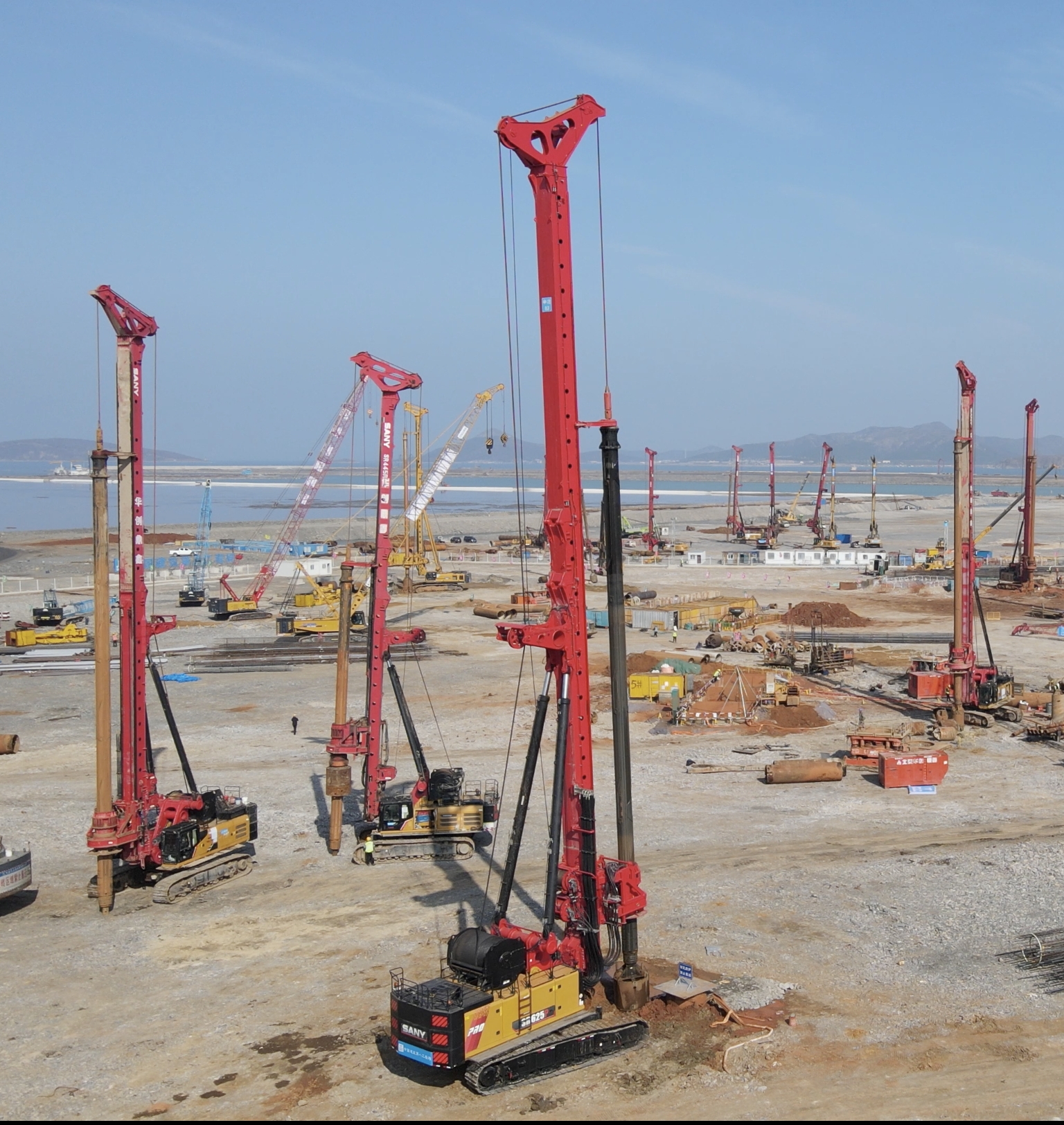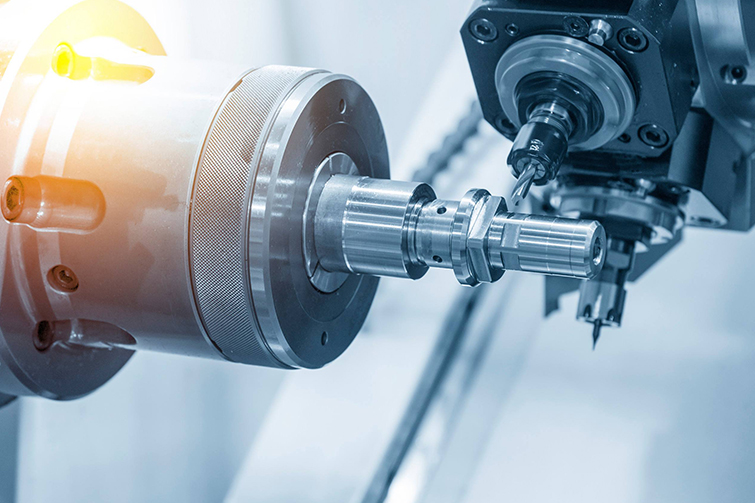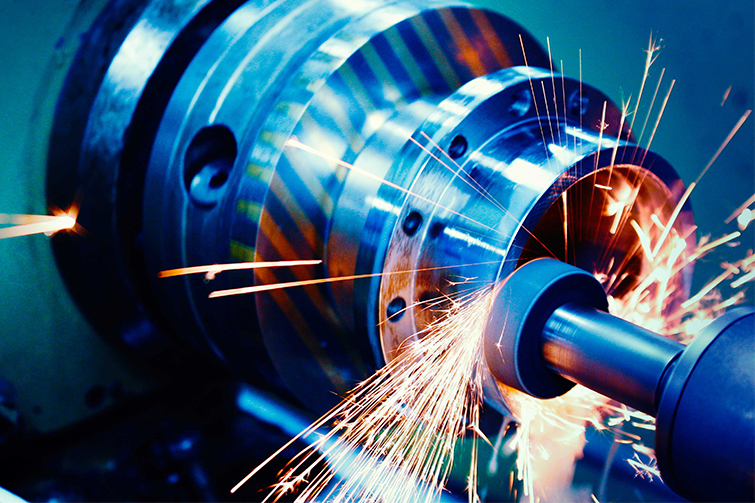

Advancements and Challenges in Oil and Gas Exploration: A Technical Overview

Introduction to Oil and Gas Exploration
Oil and gas exploration is a critical phase in the energy sector, involving the search for hydrocarbon deposits beneath the Earth's surface. This process utilizes a combination of geological, geophysical, and engineering techniques to locate and assess the viability of these resources.
Technological Advancements in Exploration
Recent years have seen significant technological advancements in oil and gas exploration. Innovations such as 3D seismic imaging, directional drilling, and hydraulic fracturing have revolutionized the industry, enabling access to previously unreachable reserves.
Challenges Facing the Industry
Despite these advancements, the industry faces numerous challenges, including environmental concerns, regulatory hurdles, and the increasing difficulty of discovering new reserves. These issues necessitate continuous innovation and adaptation.
Future Outlook
The future of oil and gas exploration lies in the integration of renewable energy sources and the development of more sustainable extraction methods. The industry is also exploring the potential of digital technologies, such as AI and machine learning, to optimize exploration processes.
Frequently Asked Questions
What is the most significant challenge in oil and gas exploration today?
The most significant challenge is balancing the demand for energy with the need to minimize environmental impact. This requires innovative solutions to reduce carbon emissions and water usage.
How has technology changed oil and gas exploration?
Technology has dramatically improved the efficiency and accuracy of exploration. Techniques like 3D seismic imaging allow for better visualization of underground resources, while directional drilling enables access to reserves with minimal surface disturbance.








